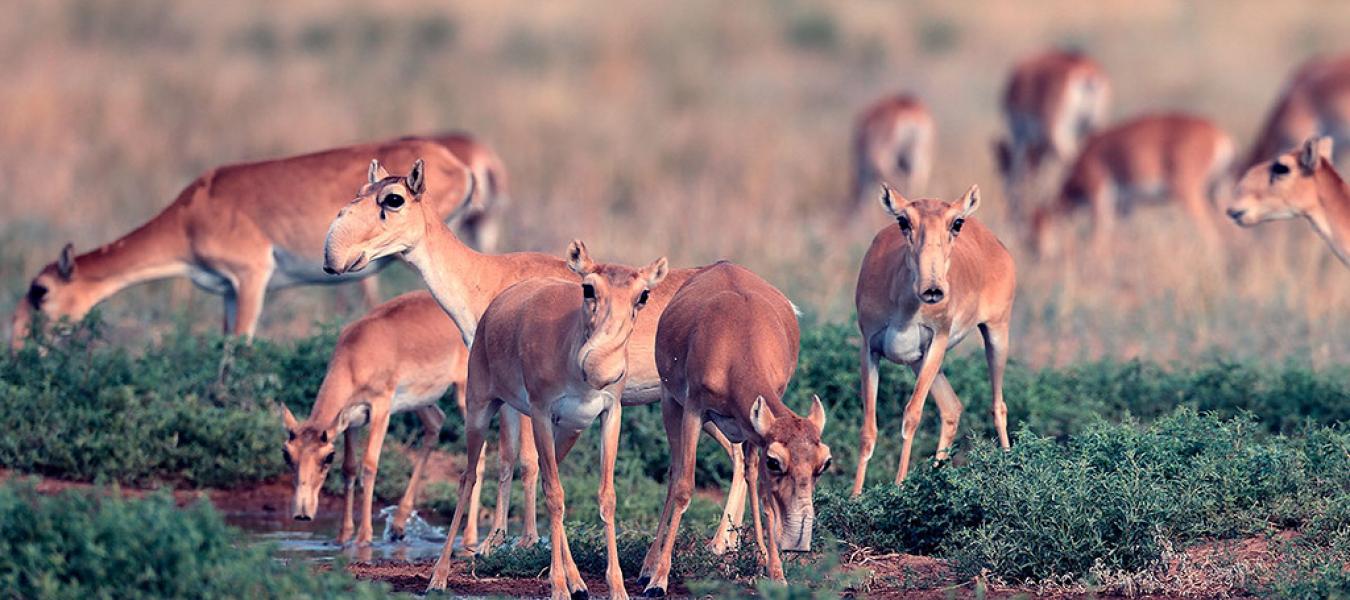
The Energy Race
This game demonstrates how energy is passed along a food chain. It involves running about with cups of water, so a large outdoor space is required.
Introduction
This game demonstrates how energy is passed along a food chain. It involves running about with cups of water, so a large outdoor space is required.
Group size: minimum of eight (two teams of four)
Conservation Message
When a habitat is destroyed, all the dependent food chains are lost.
Key Learning Outcomes
1. To understand that energy is transferred along a food chain.
2. To understand the consequences of destroying the plant life (habitat) for the food chains that are dependent on it.
Preparation
You will need:
- Two buckets per team, one of which is half full of water.
- A plastic cup with a small hole (about 3mm in diameter) in the base for each participant.
- If you wish, you can make cards for each person to wear. Each card will have a picture or name of a food chain component. A food chain with four or five components is advised.
Playing Instructions
1. Arrange the participants in teams, to represent each stage of the selected food chain - in this case four people to represent a steppe grassland food chain: grass > grasshopper > white winged lark > falcon.
2. Give each team two buckets, one half full of water, a plastic cup each and possibly a picture of the part of the food chain they are representing. Tell them they are not allowed to block the holes in the cups, because that would be cheating!
3. This works like a relay race. Put the two buckets as far apart as possible, with the team at equal distances apart. The grass stands closest to the water bucket, the grasshopper next, then the white winged lark and finally the falcon closest to the empty bucket.
4. Explain that the buckets of water represent energy. The grass runs to the water buckets to get a cup of 'energy' and then run back to their places, where the grasshoppers come to meet them and pour the water into their cups, transferring 'energy'. The grasshoppers run back and the white winged larks come to meet them and transfer the energy (water) into their cups. Finally, the falcons take energy from the larks and then transfer what is left to the empty buckets (energy banks).
5. When everyone has had some fun and exercise, explain how energy is transferred along the food chain. Refer to the holes in the cups and explain that not all energy is directly passed to the next stage of the food chain.
6. To emphasise conservation messages, ask questions such as 'What would happen if we hunt one animal?' or 'What happens if we pollute the grassland?' This game can be played using any habitat or food chain and conservation messages should always be reinforced.
Discussion or Follow-Up
Animals higher up a food chain are dependent on those below them. For example, a falcon is dependent on larks that are dependent on grasshoppers that eat grass. If grasslands are destroyed, there are no grasshoppers, therefore no larks or falcons.
